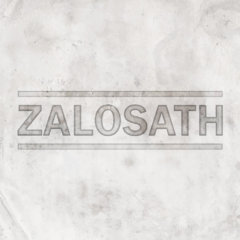Why doesn't your VRAM increase in crossfire/SLI?
-
Featured Topics
-
Topics
-
0
-
munem939 ·
Posted in Power Supplies1 -
0
-
0
-
6g2 ·
Posted in Troubleshooting0 -
NickKz ·
Posted in Programs, Apps and Websites5 -
0
-
3
-
JakubR88 ·
Posted in Graphics Cards8 -
3
-




















Create an account or sign in to comment
You need to be a member in order to leave a comment
Create an account
Sign up for a new account in our community. It's easy!
Register a new accountSign in
Already have an account? Sign in here.
Sign In Now